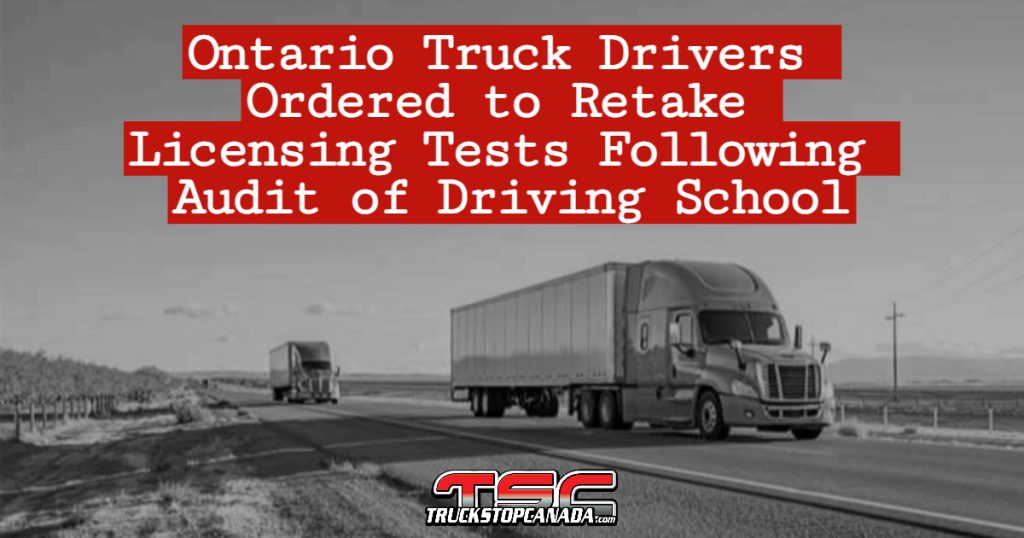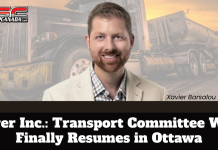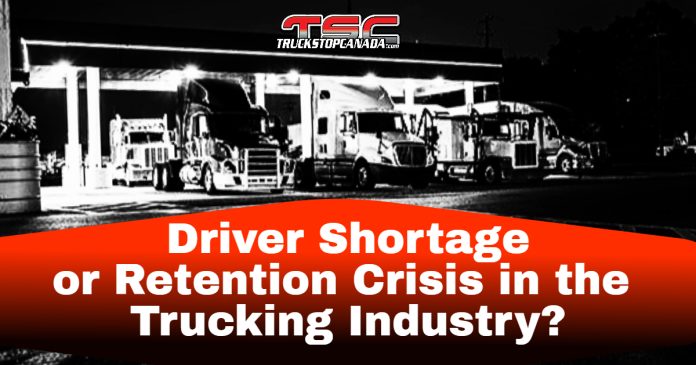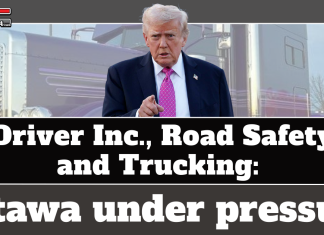For years, the North American trucking industry has wrestled with a persistent question that remains unresolved: are we truly facing a driver shortage, or is the real issue a crisis in retention?
The debate resurfaced prominently on July 22 during a U.S. Senate Subcommittee hearing on surface transportation, where two major voices in the industry clashed: the American Trucking Associations (ATA) and the Owner-Operator Independent Drivers Association (OOIDA).
The ATA firmly maintains that the shortage is real—and it’s threatening the stability of the U.S. supply chain. ATA President Chris Spear pointed to a 19% increase in driver wages during a freight recession as clear evidence of a deep imbalance between labor supply and demand. In the fall of 2024, the association estimated a shortfall of 60,000 truck drivers in the United States, attributing the problem to retirements, regulatory barriers, and an insufficient pipeline of new entrants.
On the other hand, the OOIDA argues that the so-called shortage is a long-standing myth used to distract from a deeper issue: working conditions that drive drivers out of the profession. Executive Vice President Lewie Pugh noted that turnover rates in the truckload sector can reach 80% to 90%, while unionized carriers such as UPS, ABF, or TForce report far lower turnover—between 10% and 15%. For OOIDA and the Teamsters, represented by Sean O’Brien, the message is clear: when drivers are treated with respect, they stay.
Beyond a Binary Debate
As with many modern debates, the conversation too often falls into a binary: either we believe in a driver shortage, or we focus solely on retention issues. But this black-and-white thinking risks oversimplifying a much more complex reality.
It is entirely possible that both dynamics are at play. The industry may simultaneously struggle to attract new drivers while failing to retain experienced ones. It’s also possible that drivers’ expectations have evolved—and that traditional business models no longer align with the social, familial, and technological realities of the 21st century.
A Generational Shift with Real Consequences
One overlooked element in this debate is the generational shift. Younger drivers entering the workforce today are looking for a better work-life balance. Many want to be present for their children—especially in the context of shared custody arrangements—and are less willing to sacrifice their family life for long stretches on the road.
As a result, carriers often need to hire more drivers to cover the same transport volume, allowing for more flexible schedules and frequent home time. This shift in expectations partially explains why some fleets struggle to stay fully staffed.
Technology can help. Modern tools like Transportation Management Systems (TMS), telematics, and route optimization apps can improve planning and reduce time away from home. However, technology alone isn’t a silver bullet. When poorly implemented or perceived as invasive, these tools can add stress instead of easing the burden. To truly support retention, technology must be embedded in a corporate culture that is transparent, human-centered, and respectful of drivers’ day-to-day realities.
Several studies confirm that lack of recognition, unpredictable schedules, and weak support for family life are among the top reasons drivers leave—especially within the first two years.
The challenge for employers, then, isn’t just recruitment; it’s building a workplace where drivers feel valued, heard, and part of a team.
Shortage and Retention: Intertwined Realities
In this light, the divide between “shortage” and “retention” becomes less clear. These are not opposing issues, but interdependent forces feeding into one another. Addressing them will require solutions that are economic, human, and organizational in nature.
Above all, those solutions must reflect the lived realities of today’s truck drivers.
Read More :















